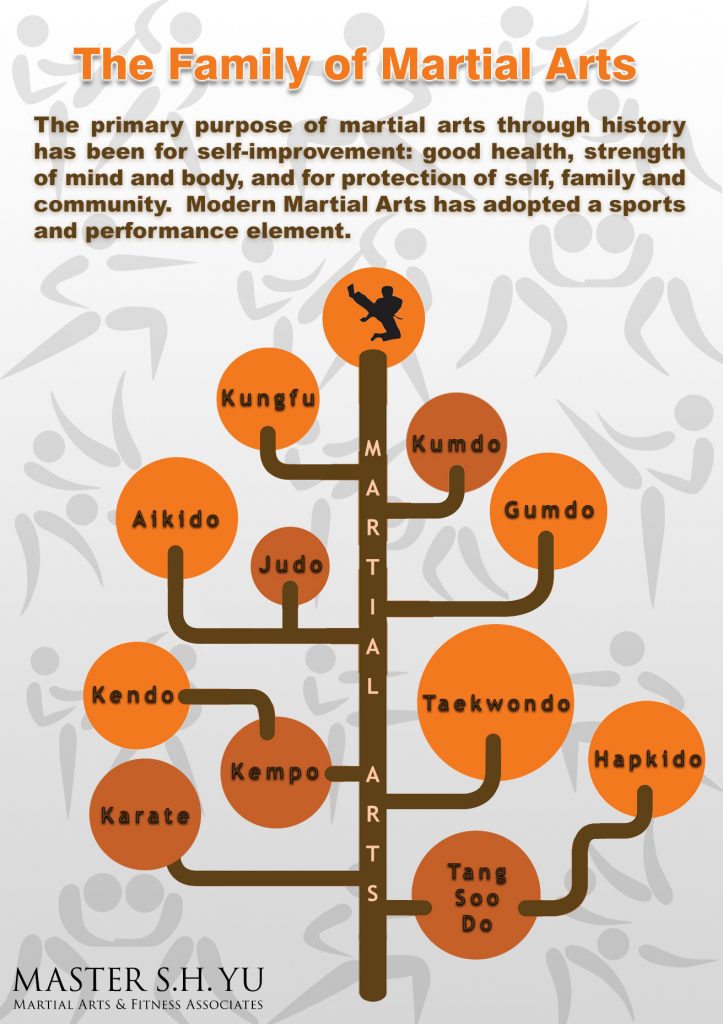Exactly How Do The Discipline-Centered Approach Of Standard Martial Arts And The Competition-Driven Nature Of Modern-Day Combat Sporting Activities Vary? Discover The Substantial Distinctions That Can Shape Your Experience
Exactly How Do The Discipline-Centered Approach Of Standard Martial Arts And The Competition-Driven Nature Of Modern-Day Combat Sporting Activities Vary? Discover The Substantial Distinctions That Can Shape Your Experience
Blog Article
Authored By-Camp Haagensen
When you consider martial arts, do you lean a lot more toward the standard methods or the contemporary combat sports? Each path uses distinct advantages and experiences, formed by their philosophies and training techniques. Standard martial arts highlight personal growth and self-control, while contemporary battle sports focus on competitors and efficiency. Understanding these distinctions can guide you in selecting the best technique for your trip. But how do these differences manifest in training and approach?
The Approach and History Behind Traditional Martial arts
While many people connect martial arts with physical battle, the philosophy and history behind conventional martial arts run much deeper. You'll discover that these techniques highlight individual development, self-control, and respect.
Stemming from sambo martial arts , typical martial arts were usually established for Self-Defense and spiritual growth. They embody concepts such as equilibrium, consistency, and self-control, guiding specialists past simple fighting skills.
As you educate, you'll not only discover strategies however also acquire understandings into the culture and values that formed these arts. The rituals and traditions, frequently given via generations, foster a sense of community and belonging.
The Affordable Nature of Modern Fight Sports
Modern fight sports have actually changed the landscape of martial arts right into a highly competitive sector, where athletes face off in a test of ability, technique, and endurance.
You'll observe that competitors are usually arranged with stringent regulations and guidelines, guaranteeing fair play and safety and security. These events draw in big audiences, fueling the exhilaration and strength of matchups.
Professional athletes educate rigorously, not just for physical expertise but also for mental sturdiness, recognizing that every information counts in the ring. The adrenaline thrill throughout competitions is apparent, as boxers push their restrictions to assert success.
https://www.popsugar.com/entertainment/karate-kid-movies-49149835 and artistry included, making modern-day fight sporting activities a thrilling spectacle that remains to advance and astound enthusiasts worldwide.
Training Methods and Strategies: A Comparative Analysis
The competitive environment of modern fight sporting activities needs ingenious training methods that vary substantially from traditional martial arts.
In modern-day training, you'll concentrate on details techniques, sparring, and conditioning, commonly using drills that mimic real fight circumstances. You'll see an emphasis on measurable efficiency and regular competitors to assess your abilities.
On the other hand, conventional martial arts focus on forms, katas, and philosophical teachings, commonly emphasizing discipline and regard over competitors.
Training is generally less extreme and may involve repeated practice as opposed to real-time sparring.
While both strategies construct skill and health and fitness, modern-day battle sports give a more vibrant and adaptable training setting, preparing you for prompt difficulties in the ring or cage.
Choose the course that straightens with your goals and interests.
Conclusion
In picking between standard martial arts and modern battle sports, it really boils down to what you value the majority of. If you're trying to find individual growth, discipline, and a sense of neighborhood, standard arts could be your best fit. Yet if you thrive on competitors and real-time obstacles, contemporary battle sporting activities could be the means to go. Inevitably, both courses provide one-of-a-kind advantages, so it's everything about straightening your training with your personal objectives and interests.
